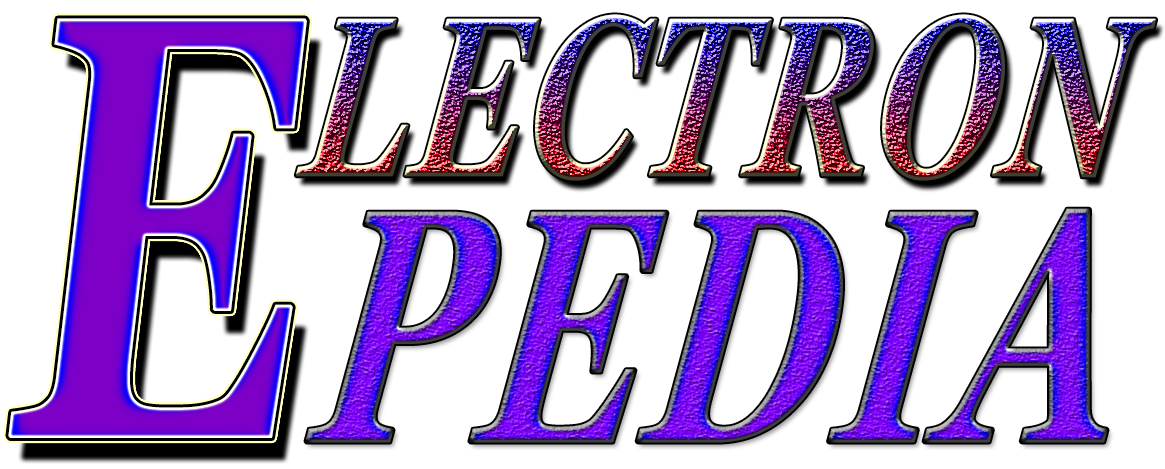Arc welding is a versatile and widely used welding process that has been at the heart of metal joining for over a century. It involves the creation of an electric arc between an electrode and the base metal, generating intense heat that melts both materials and forms a strong bond upon cooling. In this article, we will explore the fundamentals, techniques, and applications of arc welding, shedding light on the crucial role it plays in industries worldwide.
The Basics of Arc Welding
Arc welding relies on a few fundamental components and principles:
- Electric Arc: At the core of arc welding is the electric arc, created by passing an electric current between an electrode and the workpiece. The intense heat generated at the arc’s core melts the metals, allowing them to fuse together.
- Electrode: The electrode is a consumable or non-consumable conductor that carries the electric current. In shielded metal arc welding (SMAW), for instance, a consumable electrode made of a metal alloy provides the filler material and a protective flux coating that shields the weld from atmospheric contamination.
- Power Source: Welding machines supply the necessary electric current to create and maintain the arc. The power source’s settings, such as voltage and amperage, are adjusted to control the welding process’s heat and penetration.
- Shielding Gas or Flux: In some arc welding processes, shielding gas, such as argon or carbon dioxide, or a flux coating on the electrode, protects the weld zone from atmospheric gases like oxygen and nitrogen, preventing contamination and ensuring a quality weld.
Read Also: In-Ear Monitors Revolutionizing Music Performance and Personal Listening
Arc Welding Techniques
Arc welding encompasses various techniques, each suited to specific applications and materials:
- Shielded Metal Welding (SMAW): Also known as stick welding, SMAW uses a consumable electrode with a flux coating. It is a versatile method used in construction, pipelines, and repairs.
- Gas Metal Welding (GMAW): Commonly referred to as MIG (Metal Inert Gas) welding, GMAW uses a continuous wire electrode and shielding gas. It’s favored in automotive, manufacturing, and construction for its speed and efficiency.
- Gas Tungsten Arc (GTAW): TIG (Tungsten Inert Gas) welding employs a non-consumable tungsten electrode and an inert gas shield. GTAW excels in precision welding, making it ideal for aerospace, electronics, and critical applications.
- Flux-Cored Arc (FCAW): FCAW uses a tubular electrode filled with flux, providing its shielding and deoxidizing properties. It’s commonly used in heavy fabrication and construction.
Read Also: Unleashing the Power of Local Digital Marketing Agencies Your Key to Community Success
Applications
Arc welding is a cornerstone of various industries and applications:
- Construction: Arc is used in building infrastructure, bridges, and skyscrapers. It’s essential for joining structural steel components and reinforcing construction materials.
- Manufacturing: In manufacturing, arc is used to fabricate machinery, equipment, and consumer products. The automotive and appliance industries rely heavily on MIG welding for assembly.
- Repairs and Maintenance: Arc is instrumental in repairing damaged or worn metal parts, extending the lifespan of machinery, vehicles, and structures.
- Aerospace: The aerospace industry relies on precise and high-quality welding, especially TIG welding, for assembling aircraft components and ensuring structural integrity.
- Shipbuilding: Shipbuilders use arc extensively to join metal plates, beams, and components in the construction of ships and marine vessels.
- Oil and Gas: The oil and gas industry employs in the construction and repair of pipelines, drilling equipment, and storage tanks.
Arc is a versatile and indispensable process that has shaped modern industry and infrastructure. Its ability to forge strong and durable bonds in a wide range of applications makes it a cornerstone of metal fabrication. As technology continues to advance, techniques and equipment will evolve, playing a crucial role in building a more connected and efficient world, one precise and powerful weld at a time.



